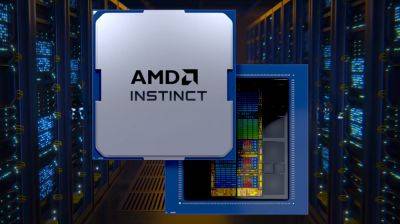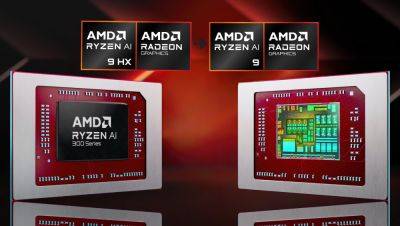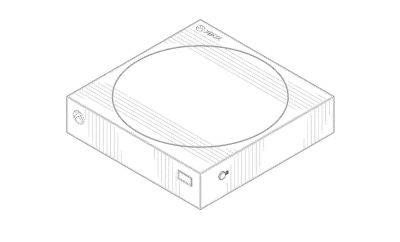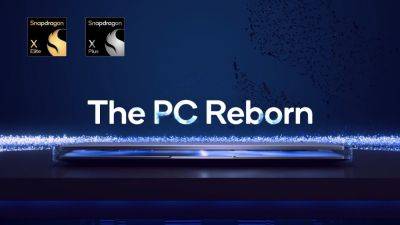AMD’s Patent Reveals A Unique “Multi-Chiplet” GPU Approach For Future RDNA Architectures, Involving Three Dedicated Dies
AMD's patent filing reveals that the company is exploring "multi-chiplet" GPU design options, suggesting that next-gen RDNA architectures might feature massive changes.
AMD Looks Towards Shifting Away From Monolithic Designs Through The Adoption of Multi-Chiplet Approach In Next-Gen RDNA GPUs
The concept of MCM (Multi-Chiplet Module) isn't entirely new for the graphics segment, but with the limitations of monolithic designs, the inclination towards MCMs in the industry is surely growing.
Related Story AMD Instinct MI300X Now The Fastest GPU In Geekbench OpenCL Benchmark, 19% Faster Than NVIDIA RTX 4090
AMD looks to be one of the firms which are well-experienced with multi-chiplet designs, since their lineup of Instinct MI200 AI accelerators was the first to feature an MCM design with multiple chiplets stacked on a single package, such as the GPCs (Graphics Processing Cores), HBM stack and the I/O die. The firm was also the first to feature an MCM solution on its most recent RDNA 3 architecture with the likes of Navi 31. However, with the new patent, Team Red looks to translate this ideology into mainstream "RDNA" architectures, and here's how.
The patent describes the use of three different "modes" of chiplet utilization, where the difference lies in how resources are allocated and then managed ahead. The patent reveals three different models, with the first one being the "single GPU" mode, which is quite similar to how modern-day GPUs function. All the onboard chiplets will act as a single, unified processing unit, with resources shared in a collaborative environment.
The second mode is called the "independency mode", where individual chiplets would act independently, responsible for their functions through the dedicated front-end die responsible for scheduling tasks for its associated shader engine dies. The third mode is the most optimistic of them all and is called the "hybrid mode" where chiplets can act independently and co-exist as well. It leverages the







